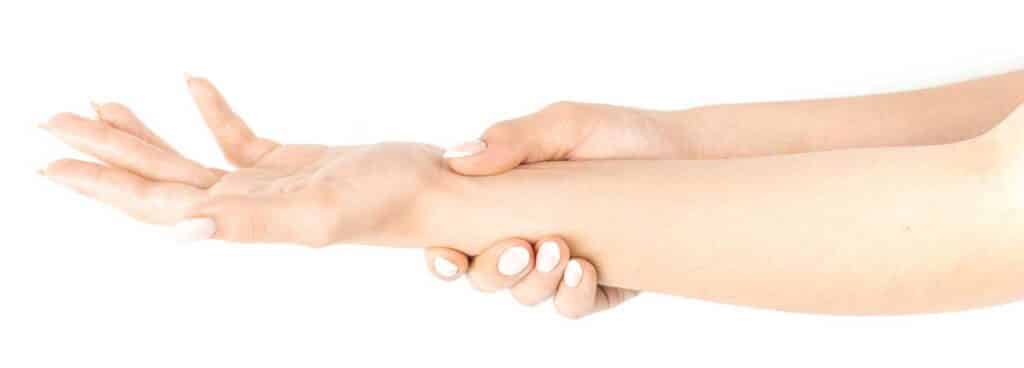
Living with chronic pain due to carpal tunnel can make it hard to enjoy your daily activities. From typing on the computer to brushing your teeth, carpal tunnel is known for being a painful, sometimes crippling, diagnosis. For some folks, the only road to healing lies through carpal tunnel surgery! While this can seem frightening for folks that are unfamiliar with the procedure, when done by esteemed carpal tunnel specialists, carpal tunnel surgery can be a straightforward solution to this painful problem.
In this article, we break down the road to recovery after carpal tunnel surgery, as well as things to expect post op. For information on carpal tunnel pain management, click here.
The Procedure
If your carpal tunnel symptoms have bothered you to the point that you’re getting curious about surgery, you may be wondering just what the surgeon does in carpal tunnel surgery. Typically, surgery is recommended as a last-ditch effort to manage carpal tunnel, after hand exercises, pain and inflammation prescriptions, wrist splints, and steroid shots.
During carpal tunnel surgery, known as “carpal tunnel release,” the surgeon makes room for the compressed median nerve and tendons by slicing through the ligament causing the pressure. While this may sound invasive, it is a relatively simple procedure that generally reduces pain and improves hand function—that’s why over 230,000 people have carpal tunnel release performed in the United States each year!
Post Carpal Tunnel Operation Recovery
If you’ve decided that you would like to have carpal tunnel release surgery, you likely want to know what the recovery process is like. For most clients, it’s best to take it easy as long as 4 weeks after surgery and avoid lifting heavy items with your mending hand, especially the first two weeks after the operation.
Most people choose to get carpal tunnel release performed on one side of their body at a time, so they have one functioning hand while the other one heals.
You may be wondering if you can shower after your surgery! Most doctors allow this 24-48 hours after the operation, but it’s always best to check with your doctor beforehand. Of course, while you shower, you will want to keep your bandage covered by plastic to prevent it from getting wet.
What to Do in the Following Weeks
In the first few weeks after the operation, you will want to make sure you get plenty of rest. It may sound simple, but sleep is your body’s way of regenerating itself; after something as invasive as surgery, you will need plenty of it.
When you’re not sleeping, try to go for short walks as a primary form of activity. Walking will help bring your healing wrist up to speed with the rest of your body and will give you something to do while you mend.
Try to eat nourishing foods rich in vitamins, amino acids, and healthy fats. Bone broth and collagen supplements are great during this period of recovery, especially if you find that your stomach is sensitive after surgery. Bland foods like rice and plain chicken are easy to digest and will provide vital sustenance to your healing body.
After the surgery comes the necessary period of physical therapy; this typically lasts 4-6 weeks. When your hand is fully functional, you will be able to resume regular activities like typing and driving!
Is Carpal Tunnel Surgery Worth It?
When it comes to carpal tunnel, there are several options to manage the symptoms of chronic pain. These range in invasiveness from hand exercises and wrist splints to steroid injections and surgery. So, is carpal tunnel surgery worth it?
Talk with a qualified professional today to get their perspective on your carpal tunnel pain, and what the next steps are for you on the road to recovery. Want to learn more about Elite Carpal Tunnel? Click the link to get started!
